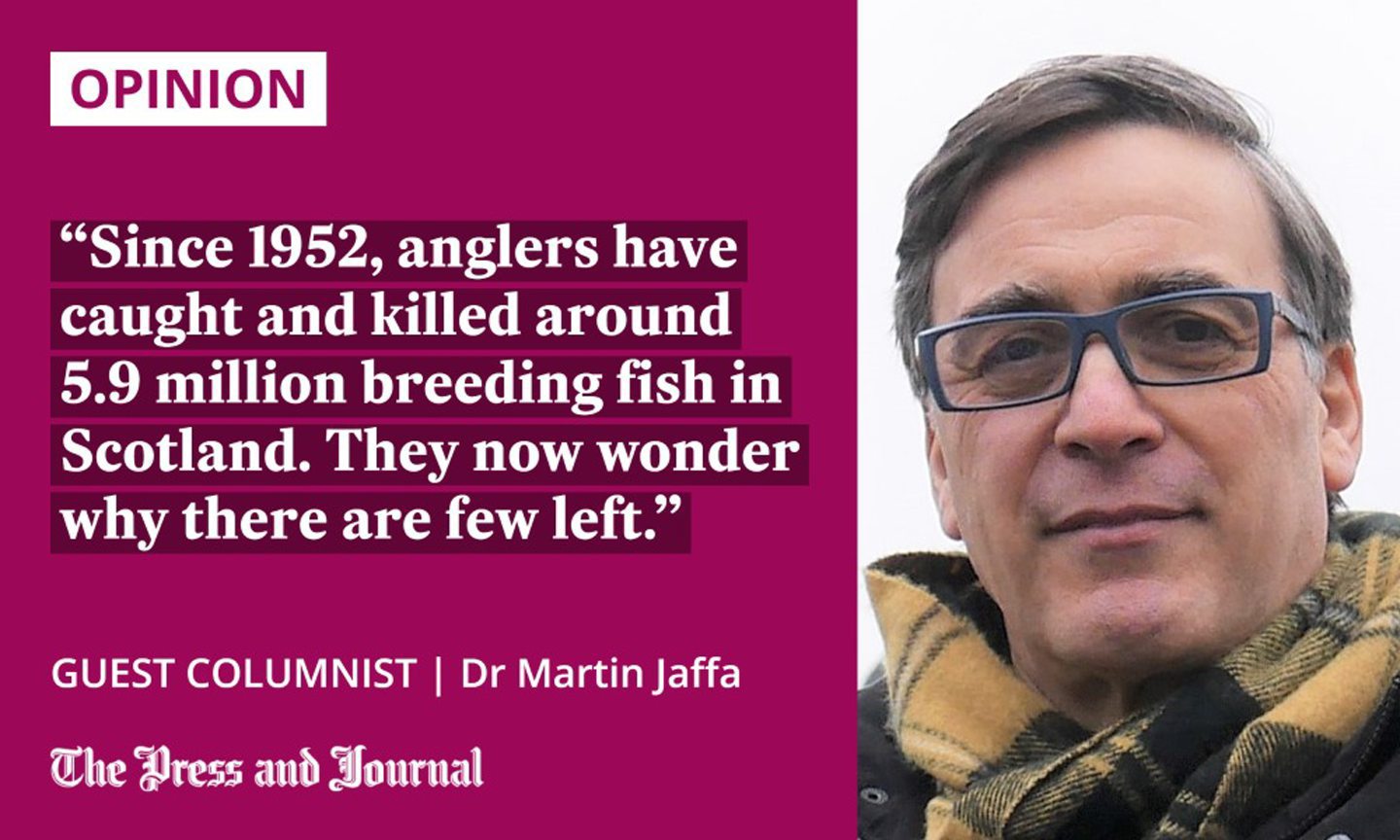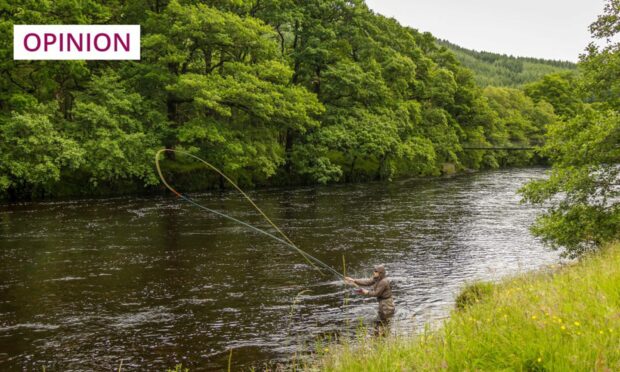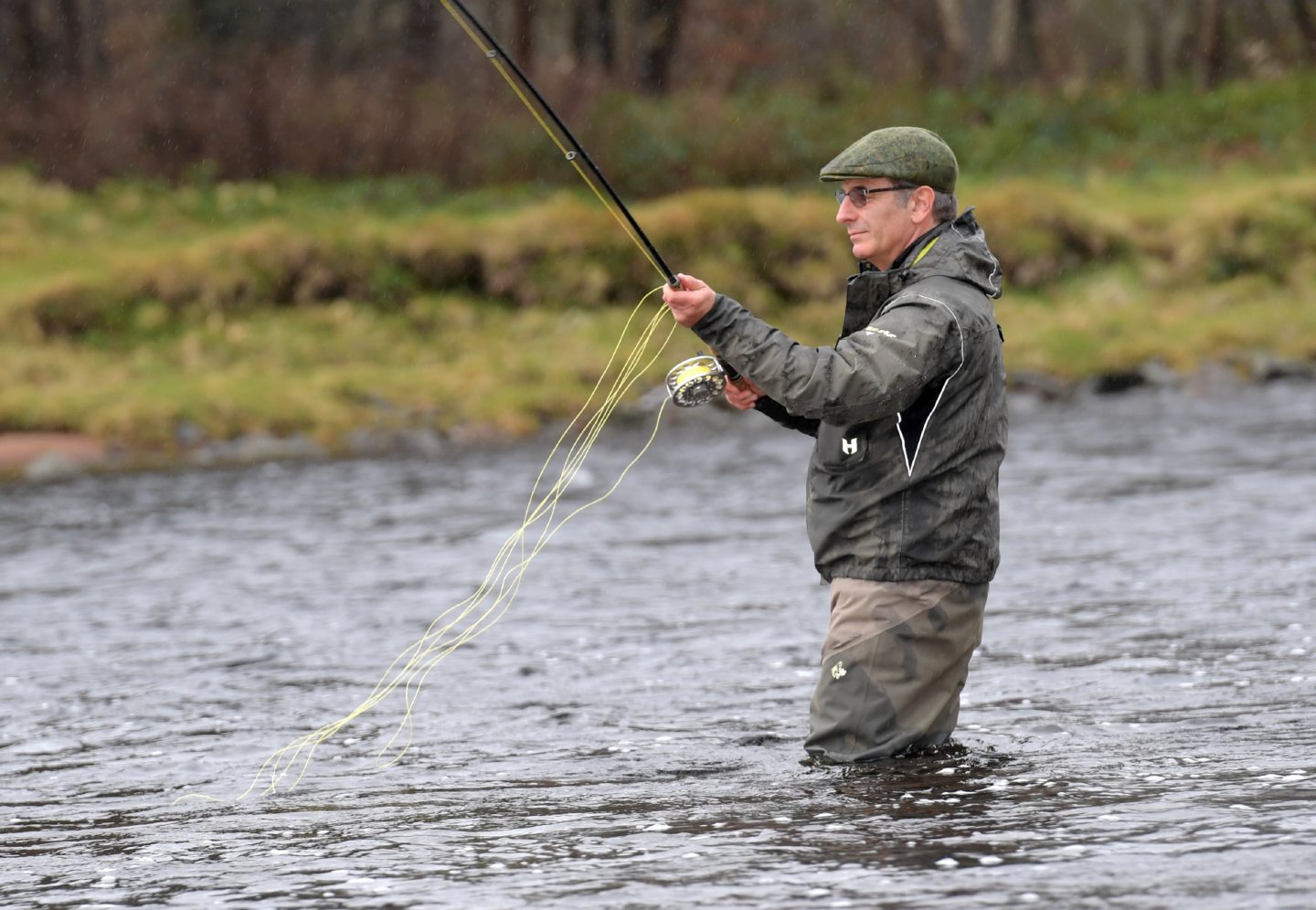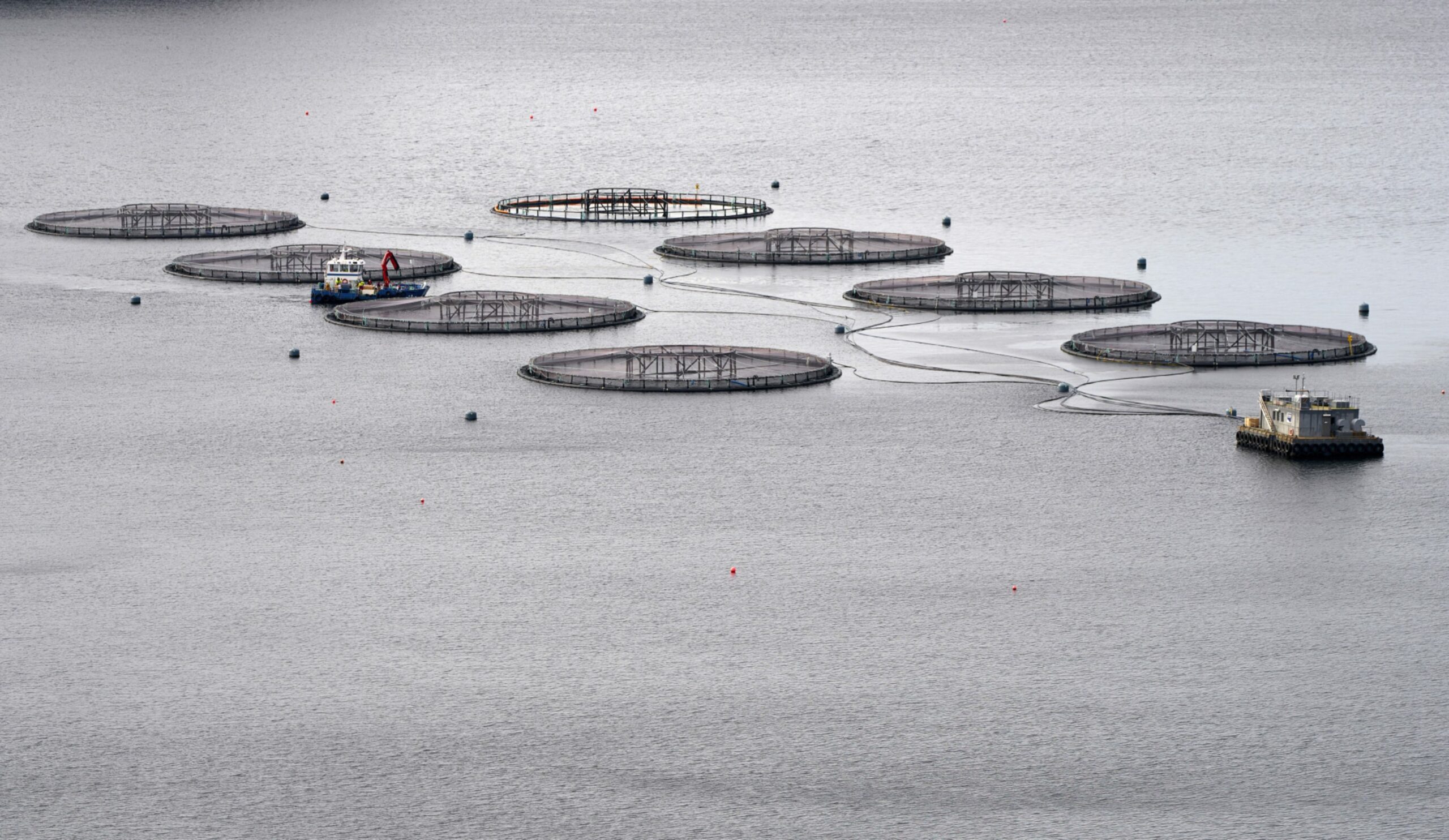Scotland’s wild salmon population has been declining for decades, and anglers are reluctant to take any responsibility, writes Dr Martin Jaffa.
The number of wild Atlantic salmon returning to rivers across Scotland from their oceanic feeding grounds has been in decline since records began in 1971. Back then, the number was around 1.2 million fish, whereas now the estimate is about 360,000.
The most worrying aspect of this decline is that we don’t know why it is happening, a point made by the King when he spoke at the 50th anniversary dinner of the Atlantic Salmon Trust. He specifically mentioned the River Dee that runs by the Balmoral estate, catches from which have fallen to around 4,000 fish today, from a peak of over 14,000.

Interestingly, the River Dee empties into the North Sea, at least 200km from the nearest salmon farm. If the decline from all east coast rivers including the Dee is compared to those on the west coast, where there are salmon farms, the rate of decline is remarkedly similar. Yet, a small group of activists claim that salmon farms are causing salmon from west coast rivers to head towards extinction.
I not only disagree that the salmon farming industry is refusing to acknowledge the impact of salmon farms on wild salmon, but I refute such claims.
Salmon farms don’t necessarily mean wild salmon decline
By the late 1980s, the failure of increasing numbers of fish to return to their home rivers was first observed on the west coast. Smaller stocks of fish in the short spate rivers that are a feature of the west coast were impacted by fewer returning breeding fish. Anglers sought reasons why salmon were no longer as bountiful as they once were.
Since the late 1970s, salmon farms have started to appear in some sea lochs, and, as wild fish declined, the anglers began to point the finger of blame at these farms, especially as catches from east coast rivers, where there are no farms, had not collapsed.
Yet, in 2010, catches from east coast rivers collapsed, just as they had 20 years earlier on the west coast. The difference was that the east coast rivers are long and meandering and hold a much larger stock of fish. These stocks had been boosted by the closure of commercial nets, which allowed many more fish to reach their home rivers.
To combat further declines, anglers have increasingly returned the salmon they catch. However, there is little evidence to suggest that this helps. For example, catch and release has been mandatory on the River Dee for the last two decades and, so far, stocks have not shown any sign of recovery.
To divert attention away from their own impacts, anglers insist that salmon farms have the greatest affect on wild salmon stocks, and demand their closure. However, the reality is that, if salmon farming was banned, wild salmon numbers would still not recover.
Anglers have caught nearly 6m breeding fish in Scotland
In November 2020, the Scottish Environmental Protection Agency (Sepa), which regulates salmon farming in Scotland, told the Scottish Parliament’s rural economy committee that salmon farming was not responsible for these declines.
In 2021, anglers caught and killed 634 adult salmon and sea trout for sport from west coast rivers before they could breed
This meeting was a follow-up to the 2018 inquiry into salmon farming, which had been initiated by the anglers’ organisation, Salmon & Trout Conservation. This organisation has undergone a couple of name changes, the latest of which is WildFish. Its Scotland director is Rachel Mulrenan.
It seems WildFish has chosen to ignore the 2020 meeting of the committee, because Sepa’s statement does not fit its narrative about salmon farming.
Rachel Mulrenan recently wrote in The P&J’s opinion section that the salmon farming industry was guilty of greenwashing, yet changing the name of the organisation she represents does not hide the fact that the majority of its members are anglers. If this is not greenwashing, then what is?
In 2021, anglers caught and killed 634 adult salmon and sea trout for sport from west coast rivers before they could breed.
The official record of salmon catches began in 1952 and, since then, anglers have caught and killed around 5.9 million breeding fish in Scotland. They now wonder why there are few left.
Such actions may not be the underlying reason as to why salmon stocks are now in crisis, but making salmon farming the scapegoat will not bring them back.
Dr Martin Jaffa has been independently researching the interactions between wild and farmed salmon for the last 12 years



Conversation